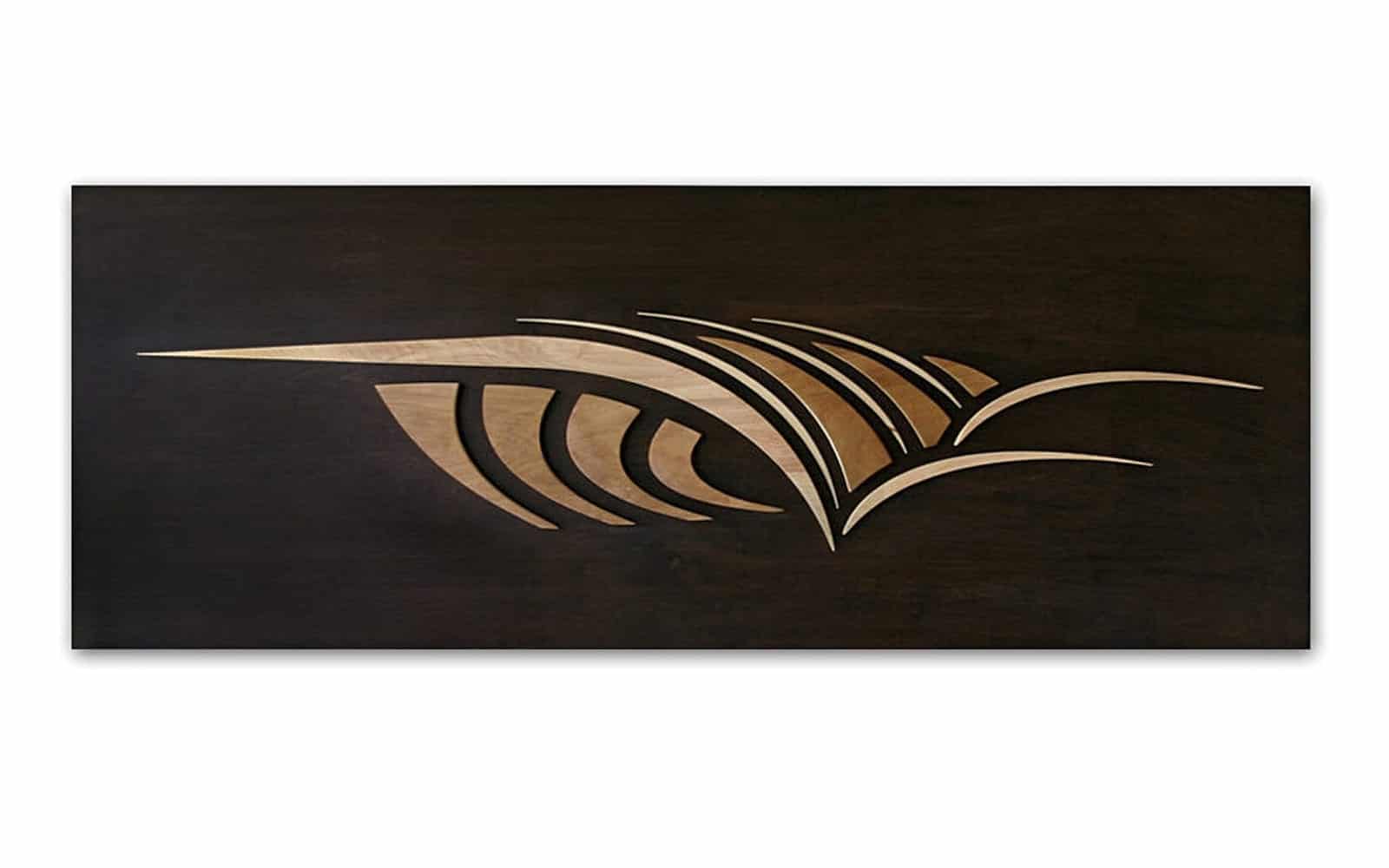Celebrity Pop Art Paintings: Where It Started and Where It Is Now
When you think of Pop Art, the first couple of images that you may think of include bright-colored celebrity paintings, colorful street signs, or a can of soup. As simple as Pop Art is, the hand-painted icons brought a lot of joy to the world after a mass tragedy.
The Pop Art movement went through a series of changes. It was initially called “Propaganda Art” and then eventually named “Popular” or “Pop Art.” The movement began as a form of rebellion against traditional art. It first emerged during the 1950s in the post-war United Kingdom. Eventually, it made its way into the United States, and by the 1960s, it had taken over the art world.
This movement was heavily influenced by popular commercial culture in the western world. Artists were drawing inspiration from all sorts of sources, from their favorite celebrities to a famous can of soup.
What is Pop Art?
Pop Art is one of the most recognized, if not the most prominent, contemporary art movements. So, what makes Pop Art “POP”? According to a Tate Museum article, no one better explains it than British-born artist and Pop Art pioneer Richard Hamilton. In 1957, he wrote a letter to architect friends Peter and Alison Smithson in which he described the “characteristics of Pop Art” as:
Pop Art is Popular (designed for a mass audience), Transient (short-term solution), Expendable (easily forgotten), Low cost, Mass produced, Young (aimed at youth), Witty, Sexy, Gimmicky, Glamorous, Big business.
As exciting as Pop Art sounds and looks, many art critics were heavily against it. They were against the subject matter and new techniques Pop Artists were incorporating. They were not interested in hand-painted icons or celebrity paintings. However, these types of paintings propelled the movement to the forefront of the art world. Looking back, many consider this movement to be the beginning of what we now call postmodernism.
How to Recognize Pop Art
Once you spot the use of vibrant colors, bold lines, and icons or consumer symbols as the main subject, you have seen a Pop Artwork. Critical examples and probably the most popular include works by Andy Warhol. He created like works like celebrity pop art paintings or his world-known Campbell Soup Cans collection. In Warhol’s own words: “Pop artists did images that anybody walking down Broadway could recognize in a split second – comics, picnic tables, men’s trousers, celebrities, shower curtains, refrigerators, Coke bottles.”
In other words, artists began to see the beauty in things traditional artwork began to overlook or avoid. The world perspective on what was considered art or beautiful began to shift after the war, thus giving birth to a new world vision. This vision idealized everyday things and made them say and mean something.
Another great way to recognize Pop Art is using hard-edges and bold colors schemes. The color schemes ranged from primary colors (red, blue, and yellow) to complementary colors (green, orange, and violet). They are stripping down classic color mixing and opting for a natural color execution.
Techniques used in Pop Art Paintings
Like any other art movement, artists who created Pop Art transformed or developed new techniques we see and use today. This type of artwork uses social, political, and popular imagery. They often appropriated mass-consumed objects and images and simply changed the arrangement to create something new. This source of inspiration could be anything from marketing propaganda to ads and catalogs.
This new approach to art is seen in what they create and in how they produce the artwork. Pop Art artists began to use what we refer to as “low art” techniques or ways of making art that is previously only used in commercial art. Examples of this are comic book art, screen printing, magazine design, and fashion illustration. Many believe that once they began to blur the lines between what was once known as “low art” and “high art,” they established the timeless aspect of Pop Art.
Key Characteristics of Iconic & Celebrity Pop Art
Now that we know how to recognize Pop Art and some of the technique’s artists used, let’s dive deeper into Pop Art’s defining features. Take a look at the list below:
Commercial Imagery: The one genuinely significant characteristic of Pop Art is its use of popular culture. Images of icons, well-known grocery supplies, road signs, and logos are l heavily used in the movement.
Humor: Art has always been a form of communication that lends itself to satire and irony. Pop art expanded on this, given that both the art itself and the form in which it is created challenge the status quo. It commented on anything from current fads to political tensions.,
Vibrant Colors: The name says it all “Pop” art. Its use of primary colors is both unexpected and eye-catching. The simplification of the art form makes you stop and stare. It does not hide behind multiple layers of shadows and or hues.
Mixed Media: Aside from using familiar imagery and basic color combinations, the movement shined on the diverse use and mixing of materials. They used various art mediums to form one single narrative.
Pioneering Techniques: Along with their ability to create new art from pretty much anything, pop art artists could also mass produce their work like never before. This type of fast art production was thanks to printmaking processes and lithography.
Where is Pop Art Now?
The Pop Art movement is still alive and well today. Because the general subject matter is evolving with current commercial and popular culture, and this is ever evolving, there are endless ways emerging artists can develop on the movement.
Pop Art paintings and images are everywhere today, from advertisements, nostalgia stores to NFTs and logos. This movement can arguably be one of the most prolonged and most profitable art movements in existence. It will be interesting to see what it evolves into and how iconic and celebrity pop art paintings will develop throughout the coming years.



